How a Frisian village became obsessed with UFOs
-
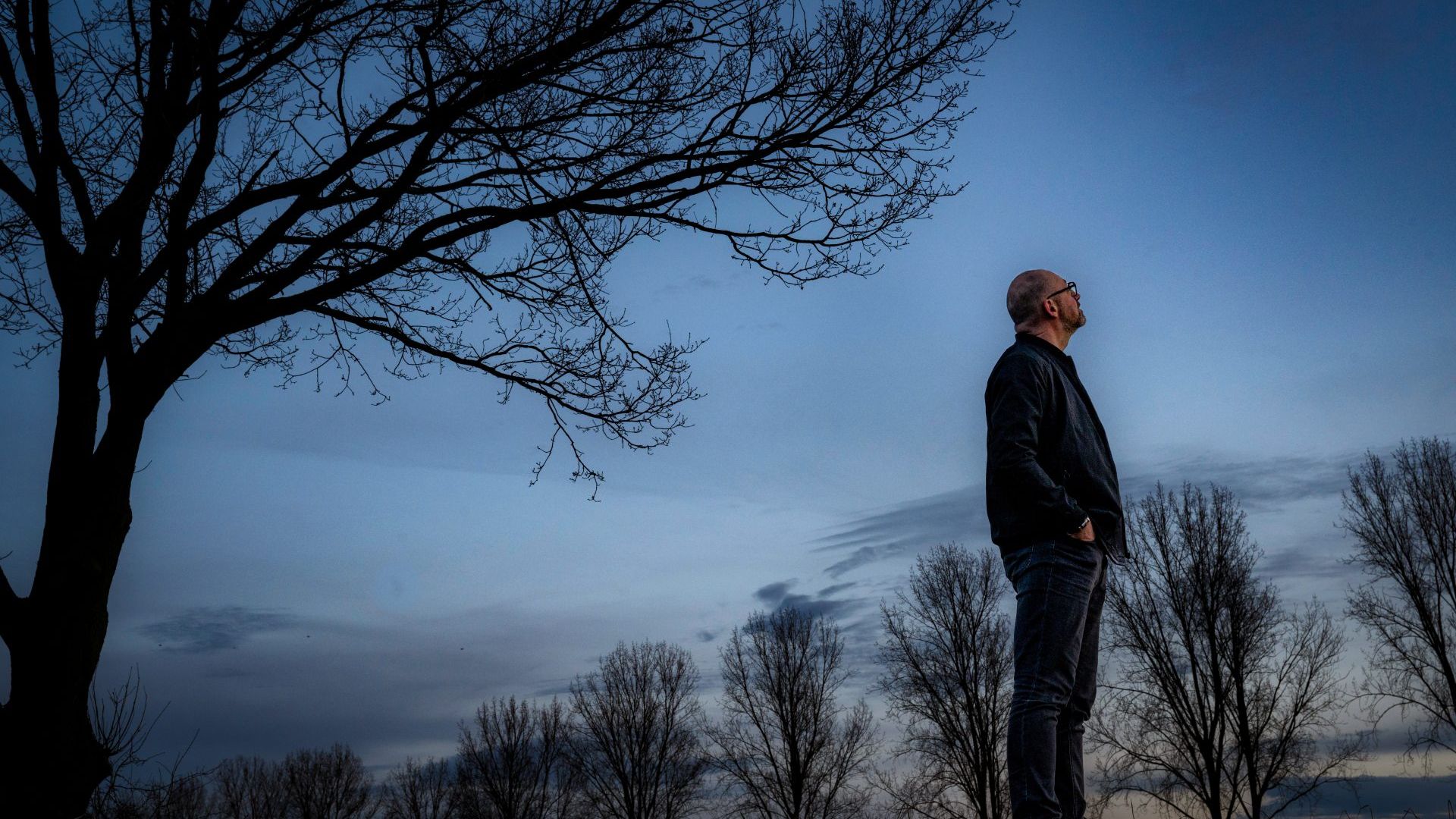 Foto: Bert Beelen
Foto: Bert Beelen
Ever since Taede Smedes saw a UFO when he was a teenager, he has been fascinated by this mysterious phenomenon. For his newest book, he dove into the stories of the Frisian village Gorredijk, where the local community has reported many UFOs.
You don’t have to go to Taede A. Smedes if you want stories about people being abducted by UFOs. The professor of religious studies in Nijmegen is, apart from a researcher, also a journalist with a big fascination for the occurrence of UFOs. His previous book Maybe we’re not alone talked about UFOs in a general sense. Now, for his newest book, he dove into the story of Gorredijk, where exactly fifty years ago several UFO sightings were reported by its residents.
Newest Vox
This story will be included in the newest Vox, which can be found on campus from March 19th onwards and is all about the night. What are students in Nijmegen up to while you’re lucid dreaming? Which people and animals are active on campus at night? You can read it in the newest Vox.
In The UFOs of Gorredijk, which reads like an exciting episode of Other Times (Andere Tijden, a Dutch TV series about historical events, ed.), Smedes does not try to find a conclusive explanation about what people saw in the Frisian village, about fifteen kilometres away from Heerenveen. ‘I don’t know what UFOs are, or where they come from,’ he states at the beginning of the book. All he does is reconstruct what has been sighted and reported in the first few months of 1974, and what happened afterwards.
His fascination with UFOs started when Smedes was fifteen and saw unexplainable flashes lighting up the sky in the backyard of his parent’s house in Drachten. When he shone his flashlight on them, the lights started to circle. He called out for his dad in a panicked haze, and together they watched the lights fly away. An aeroplane, his father concluded, but Smedes knew it had to be something else. ‘I think my religious father didn’t want to know anything about the topic back then. For him, it was something occult.’
For a long time it has been a career killer to talk about a UFO sighting, Smedes knows. However, in 2017 The New York Times revealed that the American government has been carrying out serious research into UFO sightings (some of which have been seen by its own military) for years. ‘That news broke the taboo a bit,’ according to Smedes. It was the push he needed to actually start writing about it. But in a serious manner, for a serious publisher. His first book was published by Walburg Pers, associated with the Amsterdam University Press.
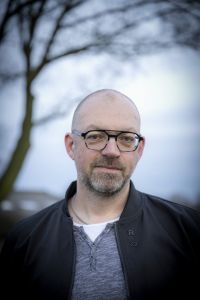
Back to Frisia. On January 11th 1974, Bjinse Slof saw a weird light phenomenon in the sky. When he shares this experience with anyone who wants to listen, he is accused of alcohol abuse and other people in Gorredijk say he probably saw a floating pilsner bottle. On January 29th, Slof once again sees a floating object; this time a triangular object with red lights. However, that night other residents also noticed flying objects with red lights. After that day, the sightings keep adding up. Residents started searching the sky from observatories to check if they could make the same observations from different locations. After February 26th the sighting suddenly stop.
Those observations were unique occurrences for the Netherlands, says Smedes. There have only been two reported incidents of multiple people sighting an unexplainable object at the same time. In 1979 twelve soldiers in Soesterberg saw a black triangle with lights fly above their airbase. A phenomenon which remains a mystery.
Tough job
The sighting in Soesterberg is the subject of a documentary by Bram Roza from 2023. Newspapers have been filled about Gorredijk in 1974, but a book on the subject did not yet exist. Smedes contacted Museum Opsterlân in Gorredijk. They were excited about his story and wanted to dedicate an exposition to the sightings in February 2024, exactly fifty years after it had happened, while Smedes wrote the book. However, finding eyewitness accounts turned out to be a tough job. Most of the adults who saw anything back then are dead by now. ‘Luckily I found a man who was 27 when it happened. Soon after our conversation, he died too.’ In 1974 AVRO made a documentary about Gorredijk. Smedes also went looking for the adolescents they spoke to back in the day.
‘One of them, Willem Vlietstra, kept a detailed journal at that time. His neighbour is a teacher of Geert Meijer, who installed the observatories around the village. Eventually, Meijer wrote an extensive article about the UFOs above Gorredijk. The journal of Vlietstra has been invaluable for my book.’
‘They initially replied jokingly’
Smedes was extremely excited to dive into the archives of Meijer. However, they remain closed to him because Meijer’s children do not want to comply. His son absolutely does not want to contribute to the book ‘because we don’t know what effect that might have.’ What he means with that, remains a mystery to Smedes. Is the son scared of negative responses from the village, or does he believe the stories about the American government having an interest in the village after the occurrences in Gorredijk? For Smedes the story is not yet over; even after the publication of his book, he keeps on hoping for access to the archives.
It took Smedes quite some effort to get the residents of Gorredijk to open up to him. ‘Whenever I asked them about the UFOs, they initially replied jokingly. You could clearly notice they were scared to be judged and made fun of. When I then explained that I was doing serious research into it and that I would not judge them for any of their stories, they slowly started to talk to me. Especially when I did so in Frisian did they lower their walls.’
Red village
In 1974 there was quite some division within the village. People who had reported a sighting were being asked on the streets if they had seen anything fly through their sky recently. When cafeteria owner Jan Boomsma talks to people on the television about what he has seen and Hans van Willigenburg asks him to speculate who might be inside of those UFOs, he replies: “Well, I don’t know… Maybe rabbits?” The people in Gorredijk have bullied him with that for quite some time, Smedes says.
Smedes’s research runs into some trouble because of a lack of written sources. The bits of newspaper in the journals of Willem Vlietstra were all from local newspapers, of which most archives have been long lost. The local airbase Leeuwarden, which some see as the source of the sightings, has no documentation of that period. The same goes for the province and the police.
‘It was often suggested that the American intelligence services were interested in the sightings’
‘It was often suggested that the American intelligence services were interested in the sightings,’ Smedes states. ‘Gorredijk was a red village, a village where the communists were popular. And we know for a fact that the Pentagon always had a lot of interest in the communist ideas within UFO groups. However, experts have told me that in that case, the Americans would always have collaborated with the Dutch government. I do want to find out if there is a dossier in the AIVD archives and also if Geert Meijer, who installed the observatories, has a file in there.’
The X-Files
One of the results Smedes found in his research is that the interest in UFOs of the population has its ups and downs. The UFO age in 1947 started when Kenneth Arnold noticed nine flying objects in a row from his own aeroplane. A few weeks later something crashed around Roswell; the debris was taken to the military base nearby.
It has remained unclear what that was. It doesn’t help that the army released several different press releases afterwards. One of them claims that they found a flying disk, but later they assert it was a weather balloon and after that, it suddenly is a secret project or some kind of test.
Smedes describes how throughout history the American government often has varying press releases and how they are sometimes being changed to reduce mass panic.
‘There seem to be two types of views within the American government. One is sceptic, and one is very serious about the sightings. During the space race with the Soviet Union, a lot of people were working on it. After the movie Close Encounters of the Third Kind (1977) was released, you see a rise in interest for the subject among the public, after which that interest died down completely during the nineties.’ Series like The X-Files also don’t help, Smedes thinks, because that often results in conversations about conspiracies and aliens. ‘Then you don’t hear anything about UFOs for quite some time until The New York Times releases an article in 2017 talking about how the American government has been doing research into it for years.’
Even though he does not discuss it at length in his book, Smedes can also look at the sightings with his theological background. ‘Light phenomena used to be explained in a theological sense. I have noticed just how much people are impacted by a sighting. You see that after a sighting, in the long run, they develop more consideration for other people, for the planet, and for the mysterious.’
Translated by Lara Nijhof
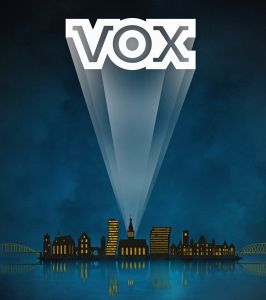
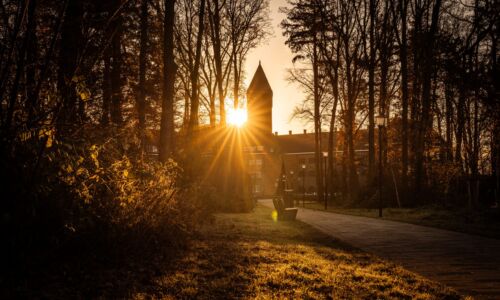
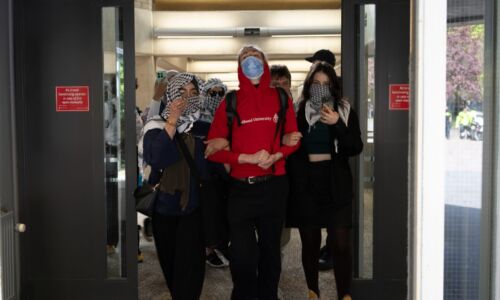
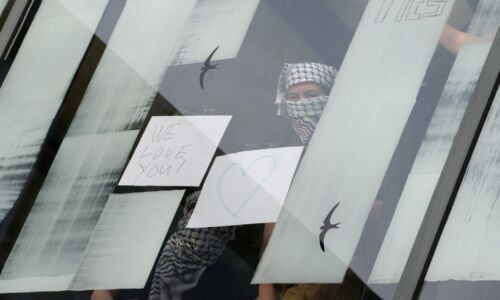

Miguel A. Galán schreef op 27 maart 2024 om 15:26
The weirdest UFOs are a natural phenomenon made of plasma charged with electricity. They are closely related to ball lightning, some lenticular clouds and meteors. They are explained here:
https://electroballpage.wordpress.com/383-2/
They are invisible most of the times but then they can be detected with thermal cameras. When they are invisible they can be responsible of other paranormal phenomena. This is explained here:
https://electroballpage.wordpress.com/paranormal-phenomena-made-by-electroballs/